Before there was Spotify before there were smartphones, and even before iPods and MP3 players, there was the Sony Walkman. Sony launching the Walkman led to many more companies creating their own portable music devices, but there’s no doubt that Japan’s Sony Walkman was the first.
It might be hard to believe, but there once was a time when music wasn’t portable. That was until Sony invented the Walkman in Japan in 1979. This revolutionary device allowed you to take your music on the go with you unlike anything else before it.
Before The Sony Walkman
Machines that could play cassette tapes weren’t new. However, most cassette tape players were either large or had to be plugged into the wall.
At that point, Sony was known for being able to make smaller versions of different tech gadgets.
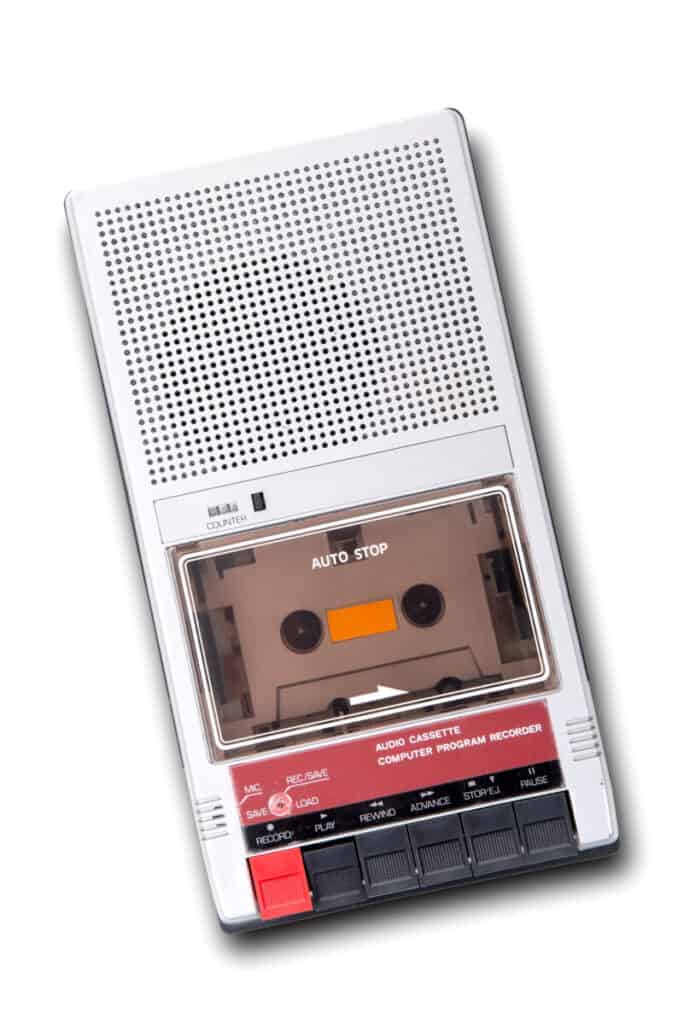
For example, Sony was pretty well-known for having quality portable cassette recorders, which allowed for people to be able to record audio that would be saved on the cassette tape.
In the 1960s, cassettes with music on them were released. Up until then, vinyl or 8-tracks were the only way people could play music within the confines of their own homes.
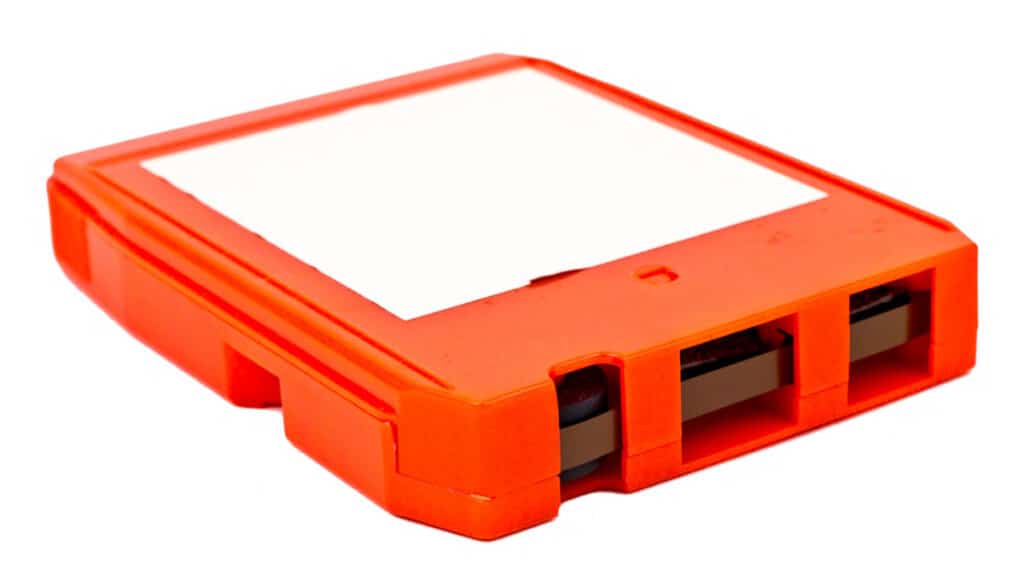
Cassettes were not necessarily better in terms of sound quality, but they were much more portable than the LP or 8 track.
That being said, there wasn’t a way to listen to a tape without a stereo or tape player. That was until 1979.
The Beginning Of The Sony Walkman
The idea of the Sony Walkman was first conceptualized after Sony’s co-founder at the time, Masaru Ibuka, was discussing how he’d like a way to listen to opera on the go. Ibuka wanted something that was easier to carry around and was more conducive to his jet-set lifestyle.
Norio Ohga, one of the designers working at Sony, was able to create a prototype that would soon become Sony’s first-ever Walkman.
The Very First Walkman
The first Walkman was adapted from the cassette recorders that journalists used at the time to record their interviews. It has a very recognizable look, being silver and blue, and hit the stores in Japan in 1979.
The First Walkman
Shortly after its release, the Walkman started being available throughout other countries, and it rose in popularity very quickly.
The first model was known as the Walkman TPS-L2. It took a couple of AA batteries and had a jack for headphones.
Before The Infamous Walkman Name
You might be surprised to know that the name that would become synonymous with portable music players wasn’t its first.
It might be hard to imagine, but the Walkman’s launch in the United States was known as the Sound-About, and was known in the United Kingdom as the Stowaway.
The name was ultimately changed to the Walkman, which was a clever play on the fact that the device allowed you to walk with it, and the fact that the prototype was inspired by the Sony Pressman.
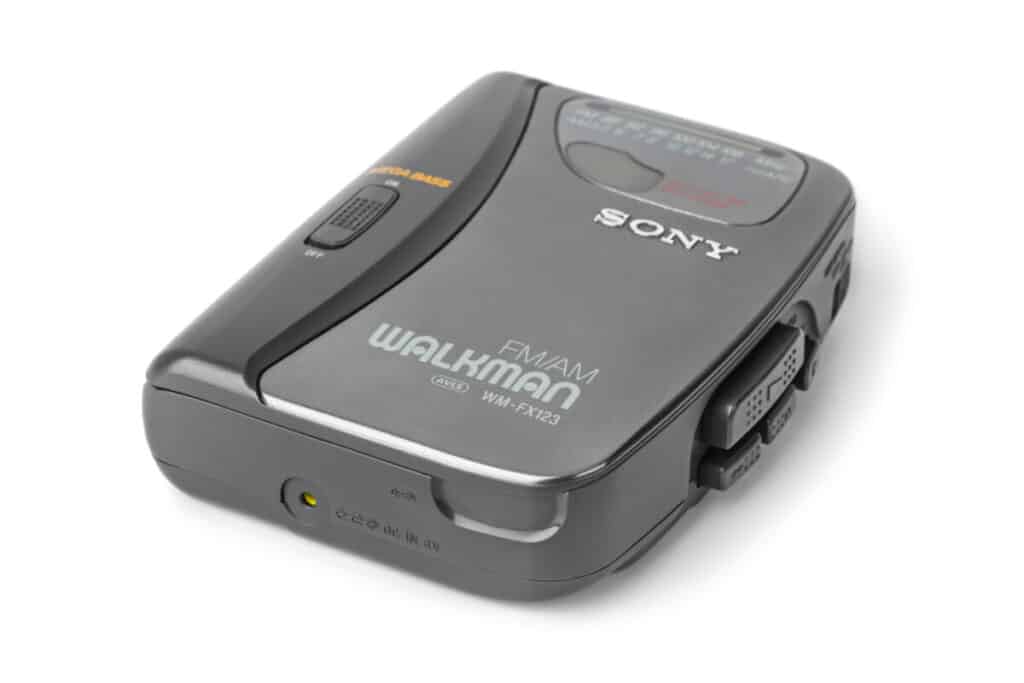
Given the massive success of the Walkman, Sony’s continuation of their portable music offerings, and similar products made by other companies, portable music players would become synonymous with the name Walkman for a very long time until the iPod overtook it in popularity.
Interestingly enough, Walkman was even added to the Oxford Dictionary in 1986.
The 1980s Walkman Boom
Throughout the 1980s, Sony would go on to develop even more models of Walkmans, much to the delight of music lovers around the world.
With every new launch, Sony managed to improve upon the previous one, either with interesting new features that made listening to music a more seamless experience or making the model easier to carry around.
For example, the second Sony Walkman device, the WM-2, was made much smaller than the first one. In 1982, a new Walkman was released with vast improvement to the sound distribution.
Just a year later, the Walkman was improved upon again to make it even smaller, being similar to the size of the cassettes it played.
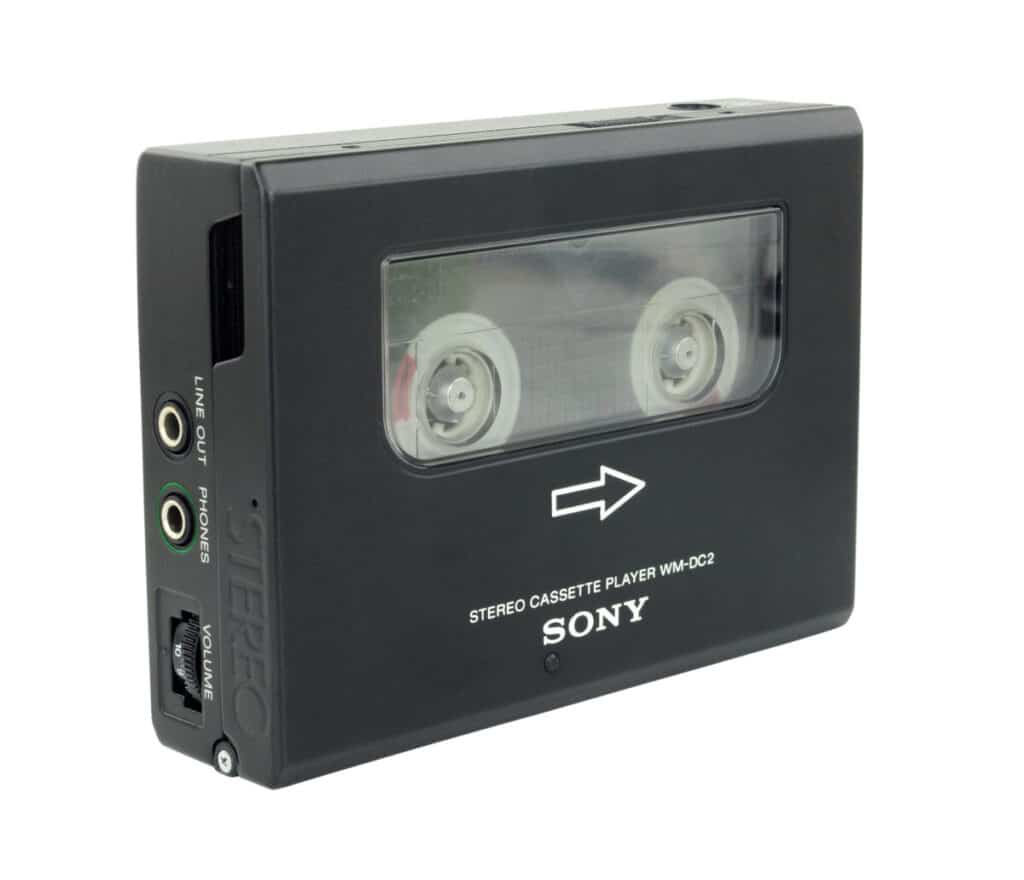
In 1985, the Walkman WM-101 was made to be able to use a special rechargeable battery. The following year, two new Sony Walkmans made their way to the market. One had a remote control feature, and the other was powered with a solar battery.
By the time the 1980s were coming to an end, Sony had a massive hold on the portable music player market, selling millions upon millions of their various Walkman models.
The Sony Walkman Footprint On The World
There’s no denying that the Walkman changed how people would consume music for years to come. It was the first device of its kind to offer a way to carry around music that wasn’t overly bulky or heavy but could be enjoyed on your own with a pair of headphones.
Before the Walkman, the only way to take music outside of the home was through a portable radio.
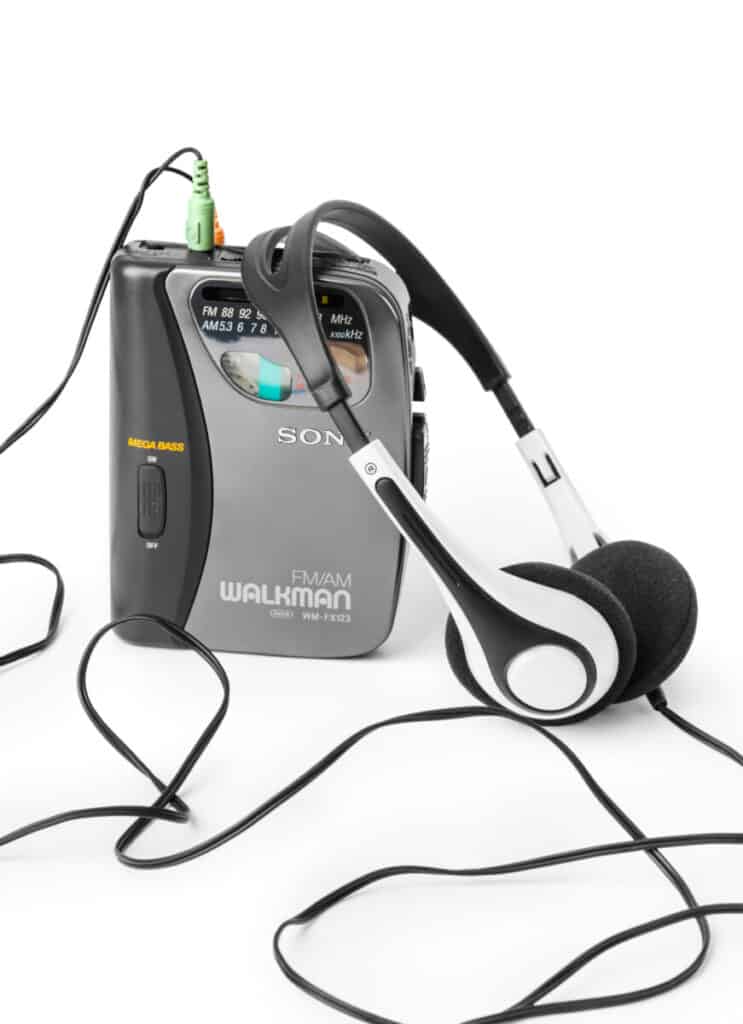
It was found that the era of the Walkman also spearheaded the era of aerobic exercise, being that the Walkman made it easy for people to take their music outdoors and walk around to the beat of the music.
There was a tangible increase in the number of people who began exercise routines thanks to having a Walkman.
Why The Sony Walkman Was Revolutionary
The Walkman also allowed for a unique listening experience that could be tailored to the person who was listening.
The listener could use the cassette tape of their choosing, and replay a song as they would like. They could also pause the song when needed, or fast forward to the next song they wanted to listen to.
The Discman
Once CDs were invented in the early 1980s, Sony was sure to jump at the chance to create a portable CD player, knowing that the cassette tape wouldn’t stay the top choice for listening to music forever.
They were able to hit the market shortly after compact discs did, and while it wasn’t as popular as their very first Walkman, it was still a hit in its own way.
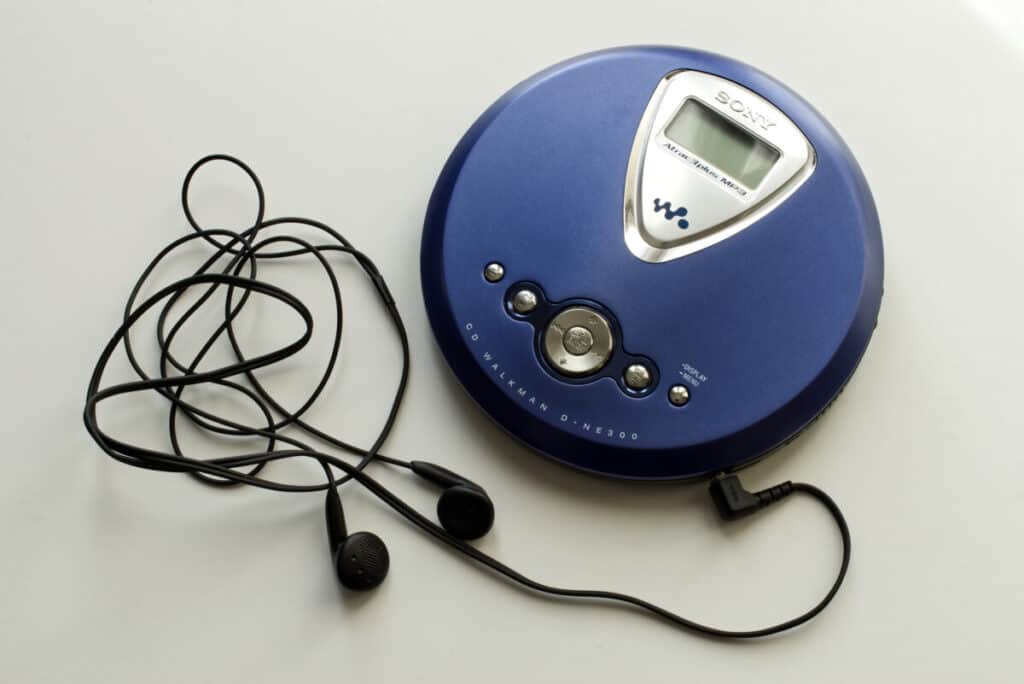
After The Sony Walkman
Sony continued to release portable music players after the surge of the cassette-playing Walkmans with moderate success, but not quite the same success.
Their Discmans allowed for people to carry their CDs and listen to them much in the same way. They ended up being referred to as Walkmans in regular speech and were even rebranded as such at one point.
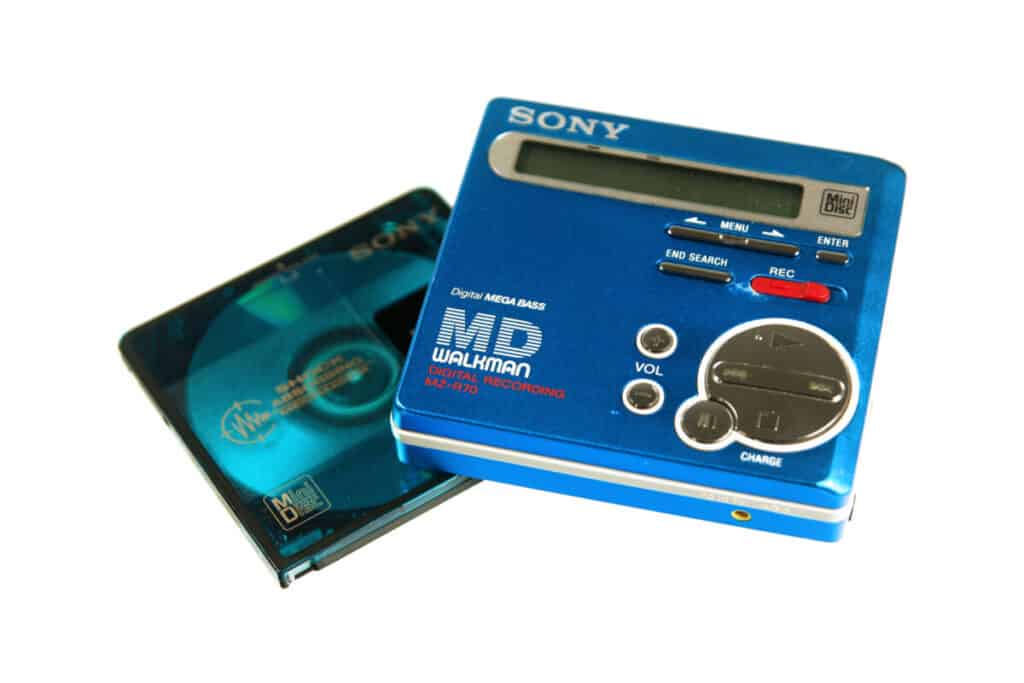
Sony also ventured into music players that could have memory sticks plugged into them to play music, as well as mini-disk and digital music players.
Sony even dabbled in the cell phone market with a phone that was branded with the Walkman name.
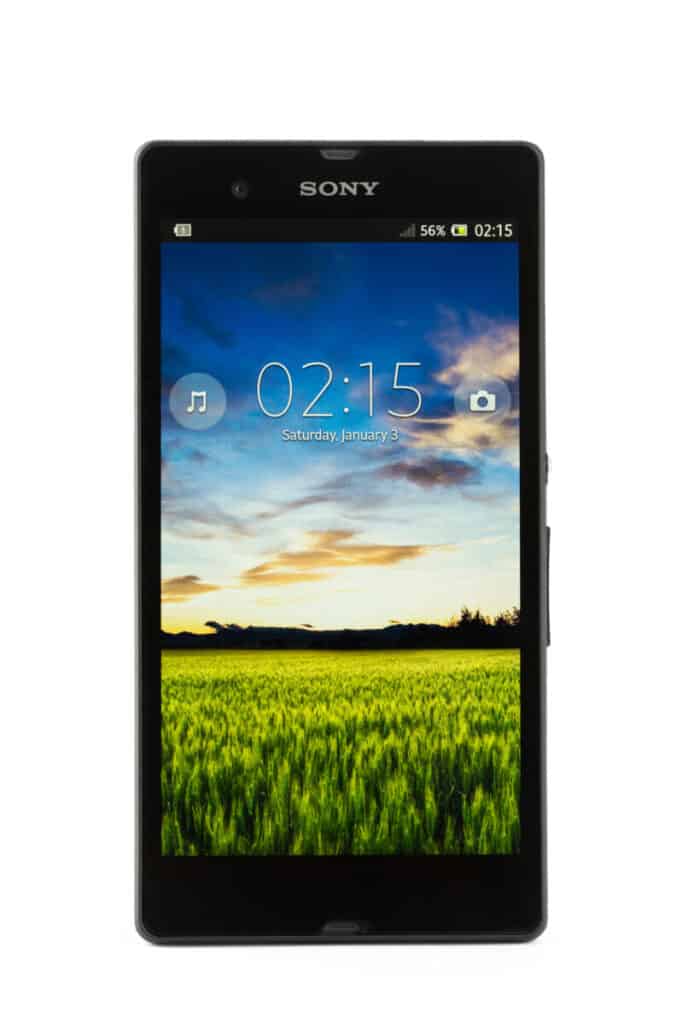
Some Iconic Sony Devices From The Past
Apart from the very recognizable blue and silver metallic Walkman that started it all, Sony released some other music players that can easily inspire a sense of nostalgia for those who grew up in the 80s and 90s.
There were also the colorful Walkman cassette players that truly stood out. The signature powder blue and light yellow Walkman colors were splashed on many different portable music player models, including the solar-powered Walkmans and the portable FM radio players.
It’s also hard to forget their CD Walkmans with their flat circular shape that many tried to squeeze into their pockets. The same can be said for the accompanying headphones that showed you the track that was currently playing and allowed you to adjust the volume and skip to the next tune.
CD Walkmans would also continue to get more and more innovative at the time, adding different features that improved sound quality and overall aesthetics. There were displays added to the newer CD Walkmans of the late 1990s, as well as buttons on the device itself that allowed users to change songs.
When MP3 players became the next big thing in music players, Sony released a pretty memorable model of their own that was often compared to either a pill or a sample perfume bottle.
Sony Walkmans Now
While people are more likely to store music on their phones to minimize the number of devices they carry with them, Sony does still make music players for those who enjoy keeping those two items separate, or don’t own a smartphone.
Sony’s current product line is mainly for digital audio, though they have dabbled in the cell phone market.











